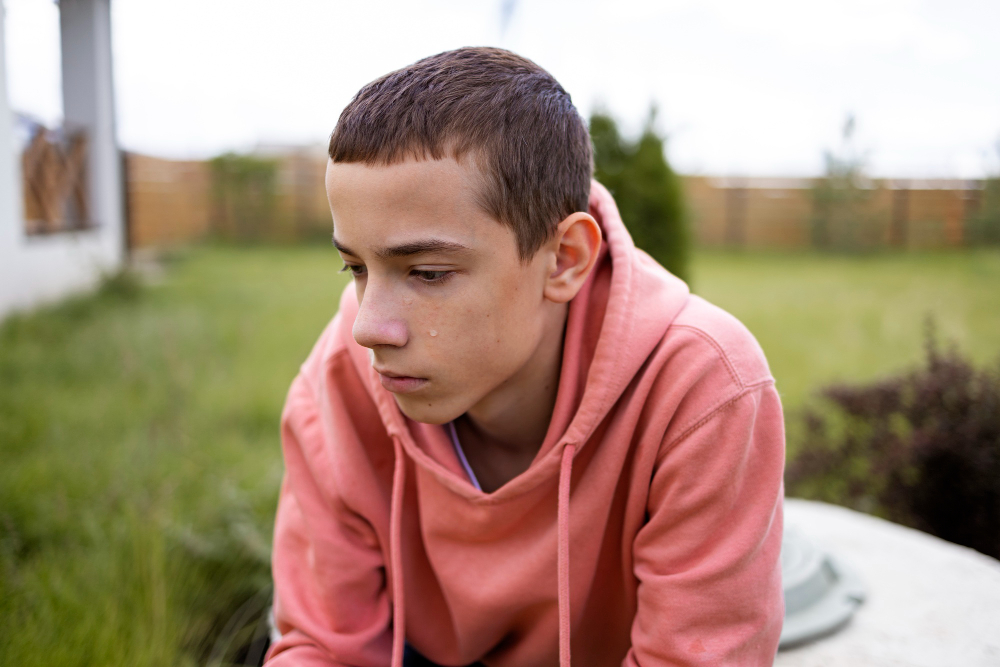No school at all is better than what he endured.
That’s the truth I need to say out loud.
The harm was not abstract. It was daily, specific, institutional.
The classroom was a place where his distress was normalised.
Where his needs were pathologised, and his presence was treated as a problem to be managed.
He was punished for dysregulation.
Excluded without record.
Blamed when supports failed.
Blamed when supports were withdrawn.
Blamed when he didn’t establish trust with a new support person fast enough.
Celebrated when he survived months without support—even though it almost killed him.
And when I tried to raise the alarm, I was cast as difficult.
We did not “opt out.”
We escaped.
My son stays home now.
He wakes in a room where the air is calm and cool.
He reads on his iPad—research papers, comics, news articles.
He says things like plutocratic agendas while eating snacks I made just the way he likes.
He is still learning. But with no friends.
Also:
No behaviour charts.
No safety plans.
No smiling denial while a child quietly breaks down.
In the absence of systemic harm, he is recovering.
He does not need a perfect program.
He needs not to be harmed.
This district could not—or would not—stop hurting him.
So he’s staying home.
If you think this is an extreme response, ask yourself what it would take for you to pull your child from public education with no backup plan, no alternative, no formal support.
Then ask what it means that so many of us are doing it.
No school at all is better than a school that destroys trust, erodes dignity, and calls it inclusion.
We didn’t leave.
We were driven out.
And we’re not coming back.







